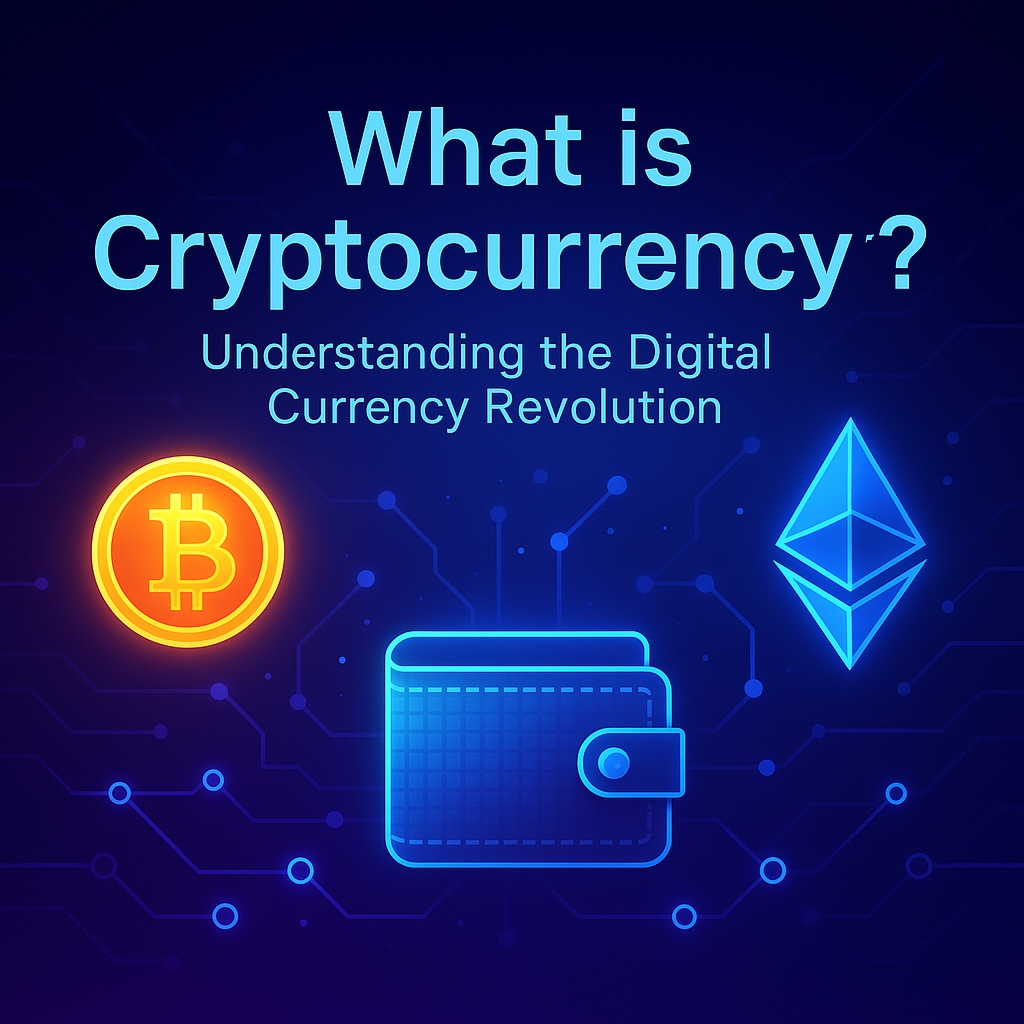Breaking News
Popular News




Enter your email address below and subscribe to our newsletter

Decentralized Finance (DeFi) is more than a buzzword — it’s a movement that’s revolutionizing the financial industry. At bit2050.com, we break down what DeFi really is, how it works, and how it’s reshaping everything from lending to investing without traditional banks.
DeFi, short for Decentralized Finance, refers to a suite of financial applications built on blockchain networks, mainly Ethereum, that remove the need for intermediaries like banks or brokers. It allows users to lend, borrow, trade, and earn interest directly from their crypto wallets.
Decentralized Finance (DeFi) Explained: DeFi operates on smart contracts, which are self-executing code blocks that run on blockchains. These smart contracts automatically enforce terms and conditions, making transactions secure, transparent, and trustless.
Decentralized Exchanges (DEXs): Platforms like Uniswap or PancakeSwap allow peer-to-peer trading without centralized control.
Lending Protocols: Apps like Aave and Compound let you earn interest or borrow funds by locking your crypto assets.
Stablecoins: Crypto tokens like USDC or DAI are pegged to fiat currencies to reduce volatility.
Yield Farming & Staking: Ways to earn passive income by providing liquidity or locking tokens.
Wallets & dApps: Interfaces like MetaMask allow easy interaction with DeFi platforms.
No need for banks or brokers—DeFi gives users full control over their assets.
Anyone with an internet connection can access DeFi—no paperwork or credit checks required.
All transactions are recorded on public blockchains, ensuring trust and traceability.
Many DeFi apps are composable, meaning they can be connected or “stacked” together like money Legos.
While DeFi offers amazing opportunities, it also comes with risks:
Smart Contract Bugs – Errors in code can be exploited.
Impermanent Loss – Providing liquidity can lead to unexpected losses.
Rug Pulls – Fraudulent projects can scam investors.
Regulatory Uncertainty – Rules are still evolving in many countries.
Always DYOR (Do Your Own Research) before diving in.
DeFi is redefining the future of finance, giving people more freedom, control, and opportunity over their money. From earning interest to trading globally without intermediaries, DeFi is leveling the financial playing field.
Stay updated with all things crypto and DeFi at bit2050.com — your trusted source for financial empowerment in the digital age.
Q1: Is DeFi safe to use?
A: DeFi is secure when using reputable platforms, but always check for audits, community trust, and platform history.
Q2: What is the difference between DeFi and traditional finance?
A: Traditional finance relies on banks and intermediaries, while DeFi is open, global, and powered by smart contracts.
Q3: Do I need to verify my identity to use DeFi?
A: Most DeFi platforms are permissionless and do not require KYC, though this could change with regulation.
Q4: Can I make passive income with DeFi?
A: Yes, through staking, yield farming, or lending your assets on DeFi platforms.
Q5: What’s the future of DeFi?
A: With increasing adoption and innovation, DeFi is likely to play a major role in future global finance.
Decentralized Finance (DeFi) Explained, DeFi, Decentralized Finance, Blockchain, Ethereum, Crypto Lending, Yield Farming, Smart Contracts, DEX, Crypto 2025, bit2050.com, Decentralized Finance (DeFi) Explained,